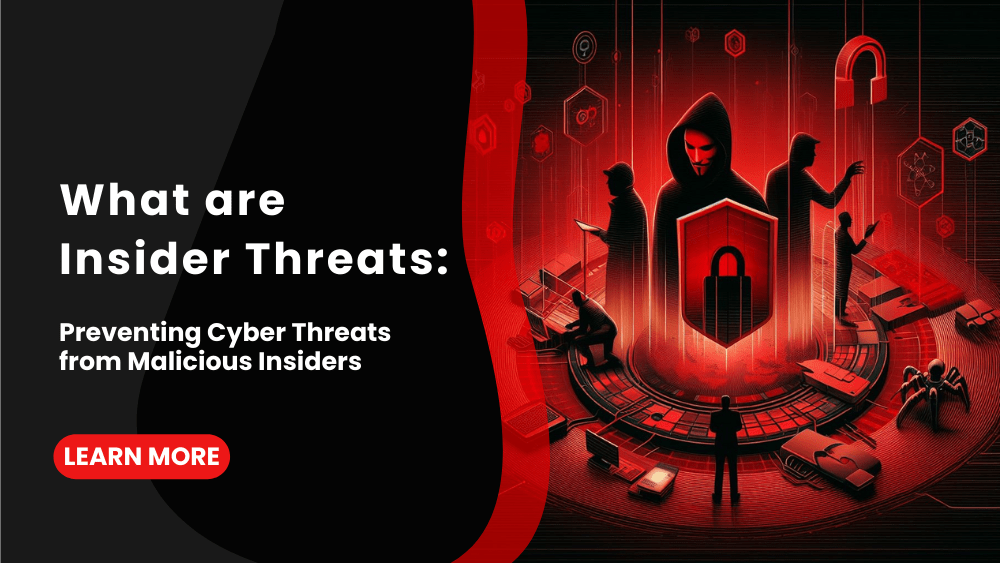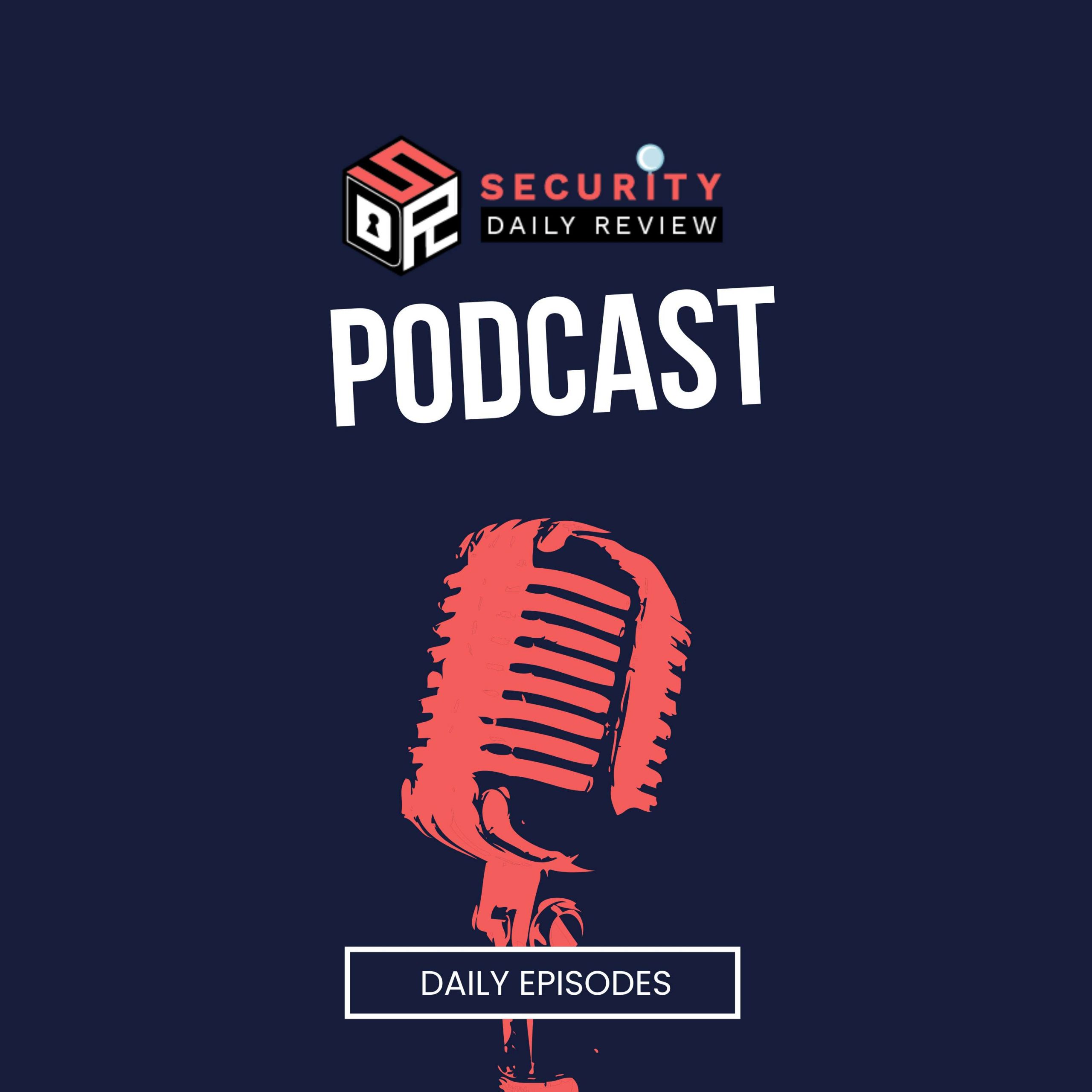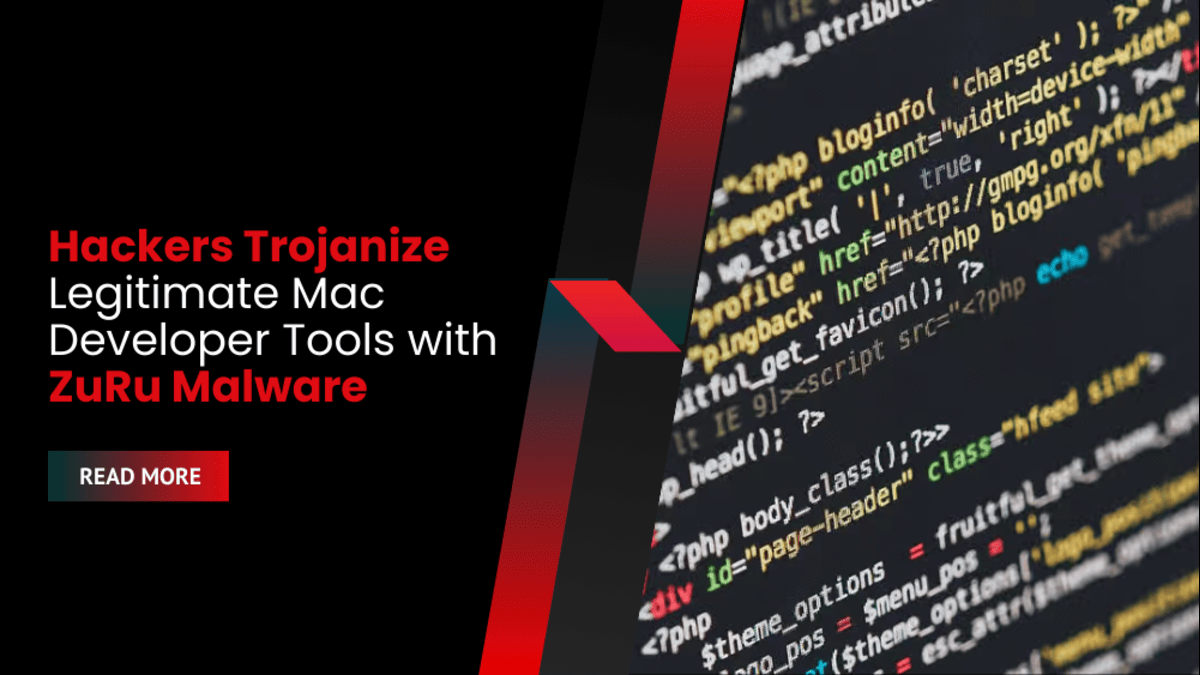Organizations face cybersecurity threats both from external sources and from within their own ranks. Insider threats, in particular, have become a growing concern for businesses of all sizes.
IBM’s Cost of a Data Breach Report 2023 found that data breaches caused by malicious insiders were the most expensive, averaging around $4.90 million. This is 9.5% higher than the overall $4.45 million average cost of a data breach. A separate report from Verizon uncovered that although the typical external security incident exposes around 200 million records, incidents perpetrated by inside threat actors have resulted in the exposure of 1 billion records on average.
Insider threats originate from authorized users, such as employees, contractors, and business partners, who intentionally or accidentally misuse their legitimate access to compromise the security of the organization’s systems and data.
In this comprehensive article, we will explore what are Insider threats, types of insider threats, the indicators that can help detect them, and strategies for detecting and preventing threats from insiders.
What is an Insider Threat?
An insider threat refers to a cybersecurity threat that originates from within an organization. It involves authorized users who misuse their access privileges, either intentionally or unintentionally, to compromise the confidentiality, integrity, or availability of the organization’s systems, data, or networks. Insider threats can result in significant financial losses, reputational damage, and legal implications for the affected organization.
Insider Threat Indicators: Spotting the Signs of Internal Threats
Detecting insider threats can be challenging, as the individuals involved often have legitimate access to sensitive information and systems. However, there are certain indicators that organizations can look out for to identify potential insider threats. These indicators include:
- Unusual Behavior: Sudden changes in an employee’s behavior, such as increased secrecy, unexplained wealth, or an uncharacteristic interest in sensitive information, can be red flags of insider threats.
- Access Abuse: Unauthorized access to sensitive data, frequent login attempts outside of regular working hours, or accessing data beyond an employee’s job responsibilities can indicate insider threats.
- Data Exfiltration: Unusual transfer or copying of large amounts of data, especially to external storage devices or cloud services, can be a sign of insider threats.
- Disgruntled Employees: Employees who express dissatisfaction with their job, exhibit signs of resentment, or have a history of conflicts with colleagues or superiors may pose a higher risk of becoming insider threats.
- Negligence: Careless handling of sensitive information, failure to follow security protocols, or falling victim to social engineering attacks can make employees vulnerable to becoming unwitting insider threats.
Two Sides of the Coin: Malicious and Negligent Insider Threats
Insider threats can be broadly categorized into two main types: malicious insiders and negligent insiders. Understanding the characteristics and motivations behind each type is crucial for developing effective strategies to combat insider threats.
Malicious Insiders (Mole)
Malicious insiders are individuals who intentionally misuse their authorized access for personal gain or to harm the organization. These insiders may be current or former employees, contractors, or business partners. Their motivations can vary, but commonly include:
Financial Gain: Malicious insiders may seek to profit from their actions, such as by stealing and selling sensitive data, intellectual property, or trade secrets to competitors or on the black market.
Revenge: Disgruntled employees may resort to malicious acts as a form of retaliation against the organization, colleagues, or superiors.
Sabotage: Some malicious insiders may aim to disrupt business operations, plant malware, tamper with files or applications, or leak sensitive information to undermine the organization’s reputation or competitive advantage.
Examples of malicious insider attacks:
- At the onset of the COVID-19 pandemic, a disgruntled former employee of a medical packing company utilized a previously created admin account to set up a fake new user account. This individual then proceeded to alter thousands of files in a manner that would delay or halt shipments of personal protective equipment to hospitals and healthcare providers. This act of sabotage had severe consequences, impacting the timely delivery of critical supplies during a global health crisis.
- In 2022, an employee was arrested for disclosing private information of users to officials of the Kingdom of Saudi Arabia and the Saudi Royal family in exchange for bribes. This individual, acting as an agent of a foreign government, targeted dissenting voices and violated the trust placed in them by their organization. The repercussions of this breach of trust extended beyond the immediate victims, highlighting the potential for insider threats to have far-reaching consequences.
Negligent Insiders (Goof)
Negligent insiders, on the other hand, do not have malicious intent but pose a threat to the organization due to their carelessness or lack of awareness about cybersecurity best practices. These insiders may inadvertently compromise the organization’s security through actions such as:
Falling to Phishing Attacks: Falling victim to phishing emails or other social engineering tactics, leading to the disclosure of sensitive information or the installation of malware.
Bypassing Security Controls: Negligent insiders may bypass security measures or protocols to save time or simplify their tasks, inadvertently exposing the organization to potential threats.
Data Mishandling: Accidentally sharing sensitive information with unauthorized individuals, misplacing or losing devices containing sensitive data, or emailing confidential files to the wrong recipients.
According to the Ponemon Cost of Insider Threats Global Report, a significant number of insider threats, approximately 56%, are a result of negligence or carelessness.
Building a Secure Insider Threat Defense: Detection and Prevention Strategies
To effectively detect and prevent insider threats, organizations need to implement a multi-layered approach that combines technical controls, employee education, and proactive monitoring. Here are some strategies to consider:
Implement Access Controls: Limit access privileges to only what is necessary for employees to perform their job responsibilities. Regularly review and update access permissions based on employees’ roles and responsibilities.
Monitor User Activity: Implement user activity monitoring solutions that can track and analyze employees’ actions within the organization’s systems and networks. This can help identify any suspicious or unauthorized activities.
Establish Incident Response Plans: Develop and regularly test incident response plans to ensure a swift and effective response in the event of an insider threat incident. This includes procedures for investigating, containing, and mitigating the impact of an attack.
Employee Training and Awareness: Provide comprehensive cybersecurity training to all employees, emphasizing the importance of identifying and reporting potential insider threats. Regularly update employees on the latest cybersecurity best practices and emerging threats.
Implement Data Loss Prevention (DLP) Solutions: Deploy DLP solutions that can monitor and prevent the unauthorized transfer or exfiltration of sensitive data. These solutions can help detect and block any attempts to compromise data by insiders.
Implement Behavioral Analytics: Utilize advanced analytics tools to analyze user behavior and identify patterns that may indicate insider threats. These tools can detect anomalies in user activity and raise alerts for further investigation.
Establish a Culture of Security: Foster a culture of security within the organization, where employees understand the importance of cybersecurity and feel comfortable reporting any suspicious activities. Encourage open communication and provide channels for anonymous reporting.
Regularly Update Security Policies: Review and update security policies and procedures regularly to address emerging threats and ensure they align with industry best practices. Communicate these policies effectively to all employees.
Perform Background Checks: Conduct thorough background checks on new employees, contractors, and business partners to identify any potential red flags or indicators of malicious intent.
Regularly Audit and Monitor Third-Party Access: If the organization grants access to third-party vendors or contractors, regularly audit and monitor their activities to ensure compliance with security policies and prevent unauthorized access.
Use Immutable Storage: Immutable storage refers to a storage system where data cannot be modified or deleted once it is written. This strategy helps protect against insider threats by preventing unauthorized alteration or deletion of critical data. By implementing immutable storage solutions, organizations can ensure the integrity and authenticity of their data, making it tamper-proof and resistant to malicious actions by insiders.
Backup and Disaster Recovery: Implementing robust backup and disaster recovery solutions is crucial in mitigating the impact of insider threats. Regularly backing up critical data and systems ensures that in the event of a breach or data loss caused by an insider, organizations can quickly restore their operations to a known good state. This strategy helps minimize downtime, data loss, and potential financial losses resulting from insider incidents.
Conclusion
The potential financial and reputational damage caused by insider attacks necessitates a proactive and comprehensive approach to detect and prevent such threats.
By understanding the nature of insider threats, recognizing the indicators, and implementing security measures, organizations can better protect themselves from internal cyber attacks. It is crucial to stay vigilant, educate employees, and regularly update security practices to stay one step ahead of evolving insider threats.
Remember, cybersecurity is an ongoing effort that requires continuous monitoring, adaptation, and improvement. By prioritizing the detection and prevention of insider threats, organizations can safeguard their sensitive data, maintain customer trust, and mitigate the potential impact of internal cyber attacks.
Frequently Asked Question (FAQs)
What is an insider threat?
An insider threat refers to a cybersecurity threat that originates from within an organization. It involves authorized users who misuse their access privileges, either intentionally or unintentionally, to compromise the security of the organization’s systems and data.
What are insider threat indicators?
Insider threat indicators include unusual behavior, access abuse, data exfiltration, disgruntled employees, and negligence. These indicators can help organizations identify potential insider threats.
What are the types of insider threats?
The two main types of insider threats are malicious insiders and negligent insiders. Malicious insiders intentionally misuse their access for personal gain or to harm the organization, while negligent insiders pose a threat due to carelessness or lack of awareness about cybersecurity best practices.
How to detect insider threats?
Organizations can detect insider threats by looking out for red flags, implementing access controls, monitoring user activity, and auditing third-party access.
How to prevent insider threats?
To prevent insider threats, organizations should implement a multi-layered approach that includes access controls, user activity monitoring, incident response plans, employee training, data loss prevention solutions, behavioral analytics, a culture of security, updated security policies, background checks, and monitoring third-party access.







